Bizarre Photos of Homemade Windmills in Nebraska From the 1800s
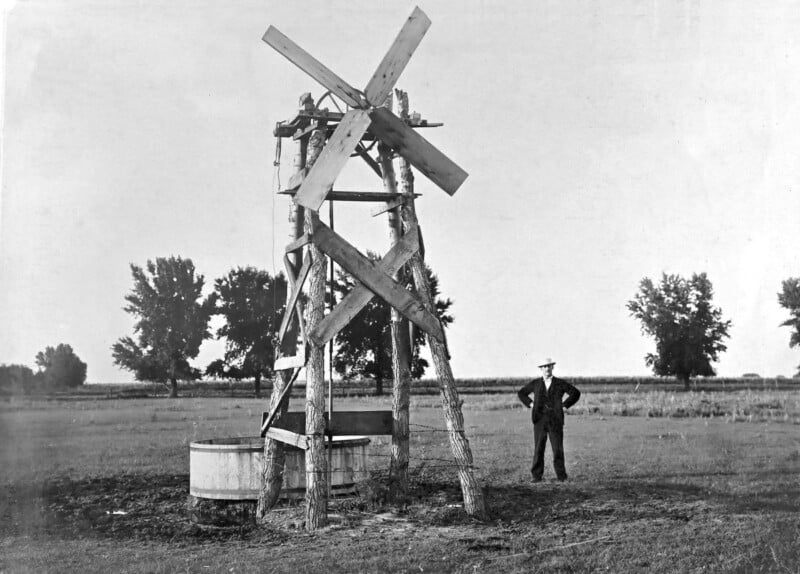
A historic set of previously unseen photos showing homemade windmills in Nebraska have been digitized from the U.S. National Archive.
The strange contraptions played a significant role in 1890s Nebraska as settlers and farmers used them as an innovative solution to the challenges of rural life in the Great Plains.


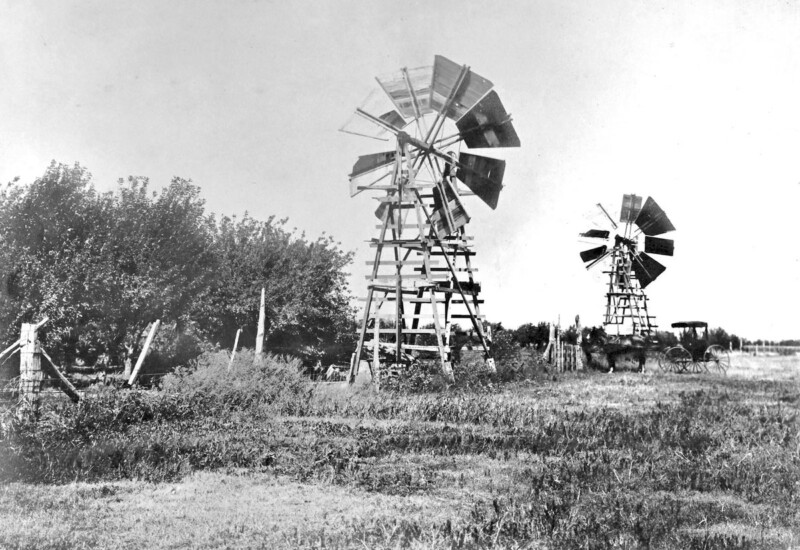
Windmills were primarily used to pump water from underground wells for irrigation, livestock, and household use. Given Nebraska’s semi-arid climate, having access to a reliable water source was essential for survival and agriculture.

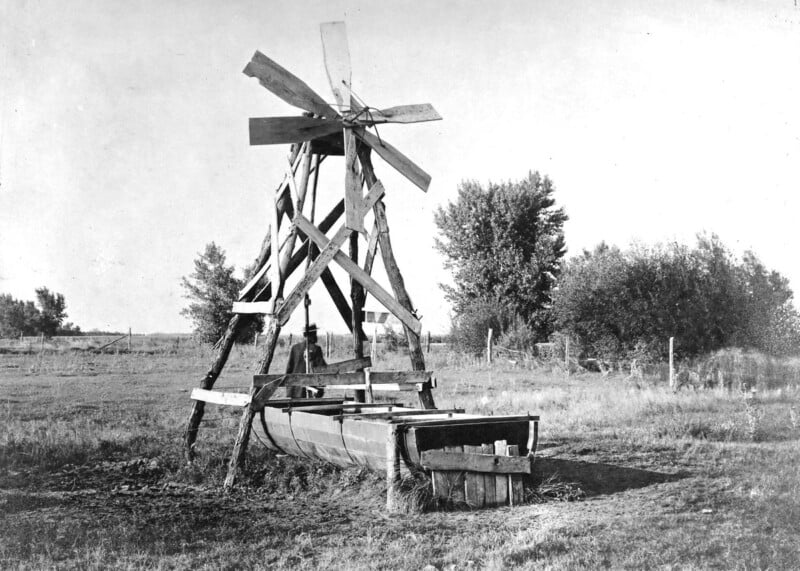

According to an article by Alan Taylor in The Atlantic, a geology professor at the University of Nebraska called Erwin Barbour documented the state’s windmills in 1897. Barbour traveled the state, interviewing their owners to find out more about the windmills.
Barbour made a report in 1899 in which he found both wealthy and poor farmers built all different manner of mills for things like powering farm machinery, irrigation, and livestock.


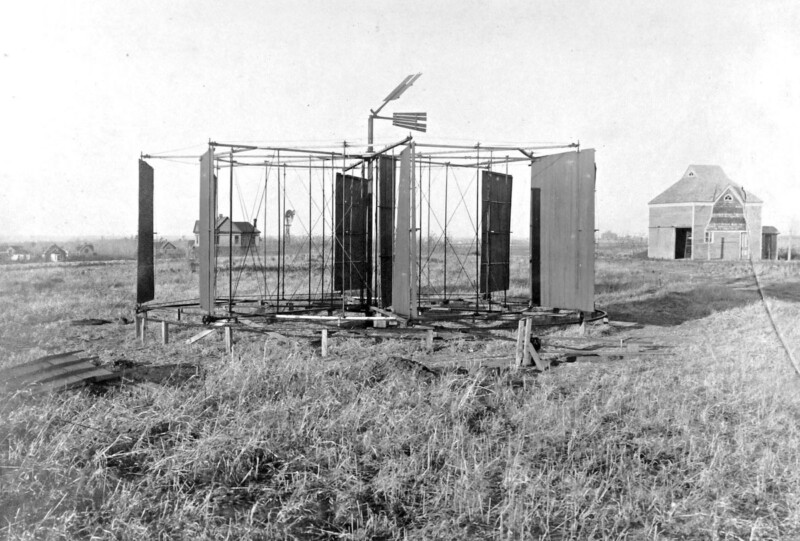
Most homemade windmills were constructed using locally available materials: wood, metal, and recycled materials. Designs were simple and based on trial and error or ideas shared within the community.
Durability was a major issue, as Nebraska’s strong winds could damage poorly constructed windmills. Maintenance required constant attention, as wooden parts could warp or rot, and metal components were prone to rust or wear.


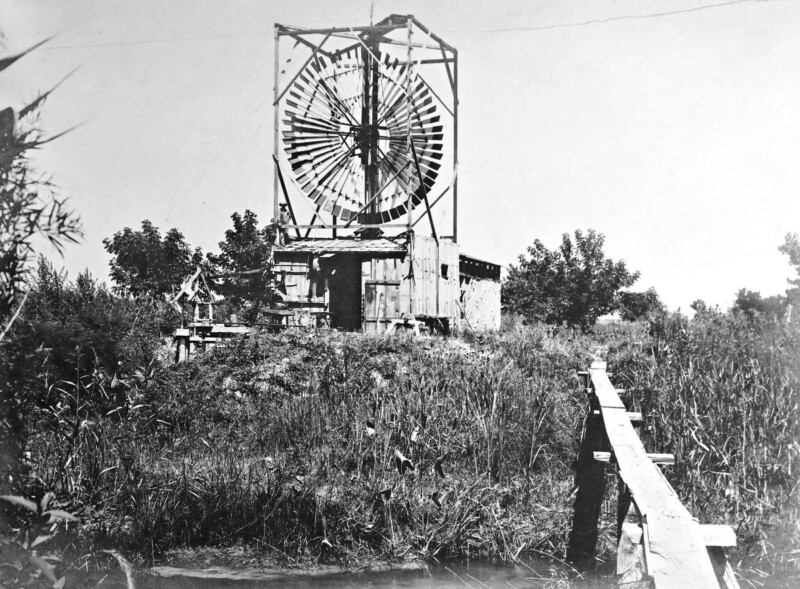

Homemade windmills were ingenious inventions by settlers in Nebraska and laid the groundwork for modern wind power development.
Image credits: U.S. National Archives via The Atlantic